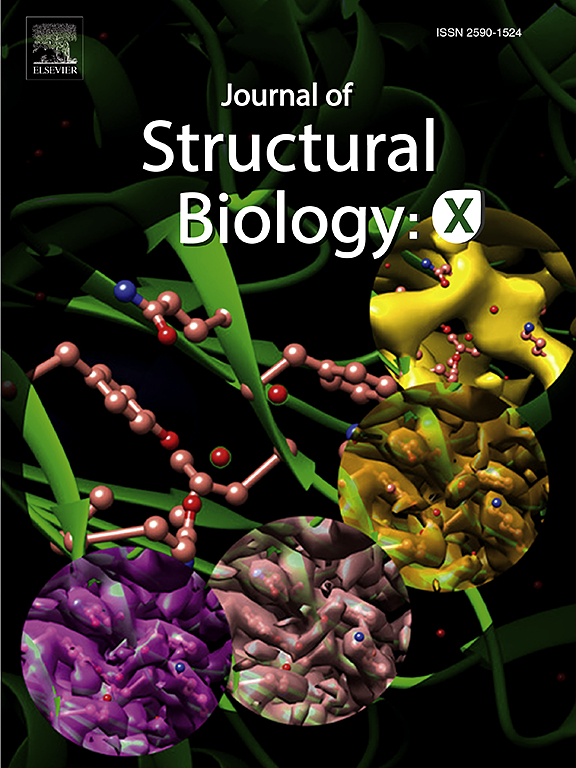研究弹性蛋白和细胞外基质损伤在心血管钙化中的作用。
IF 2.7
3区 生物学
Q3 BIOCHEMISTRY & MOLECULAR BIOLOGY
引用次数: 0
摘要
尽管心血管系统的钙化已被高度研究,但其背后的机制尚不清楚。目前提出的机制集中在导致或控制软组织中不需要的矿化的细胞过程。然而,细胞外成分如胶原蛋白和弹性蛋白从根本上调节心脏组织的力学特性。在这里,我们报告了一个工具包,通过选择性消化细胞外基质(ECM)成分来控制组织的组成,可用于设计疾病特异性的体外模型。利用这项技术,我们发现弹性蛋白和基质组织损伤可能在心血管钙化中起主要作用。这项研究强调了一种新的方法来理解蛋白质在软组织钙化中的作用,并可能导致治疗和预防这些不想要的病理疾病的策略的发展。本文章由计算机程序翻译,如有差异,请以英文原文为准。
Investigating the role of elastin and extracellular matrix damage in cardiovascular calcification
Although calcification in the cardiovascular system is highly studied, the mechanisms behind it are not well understood. Current proposed mechanisms focus on cellular processes leading to, or controlling the unwanted mineralization in soft tissues. However, extracellular components such as collagen and elastin fundamentally regulate the mechanical properties of heart tissues. Here, we report on a toolkit to control the composition of tissues through the selective digestion of extracellular matrix (ECM) components, which can be used to design disease-specific in vitro models. Using this technique, we show that elastin as well as matrix tissue damage may play major role in cardiovascular calcification. This study highlights a novel approach to understand the role of proteins in soft tissue calcifications and may lead to the development of strategies to treat and prevent these unwanted pathological disorders.
求助全文
通过发布文献求助,成功后即可免费获取论文全文。
去求助
来源期刊

Journal of structural biology
生物-生化与分子生物学
CiteScore
6.30
自引率
3.30%
发文量
88
审稿时长
65 days
期刊介绍:
Journal of Structural Biology (JSB) has an open access mirror journal, the Journal of Structural Biology: X (JSBX), sharing the same aims and scope, editorial team, submission system and rigorous peer review. Since both journals share the same editorial system, you may submit your manuscript via either journal homepage. You will be prompted during submission (and revision) to choose in which to publish your article. The editors and reviewers are not aware of the choice you made until the article has been published online. JSB and JSBX publish papers dealing with the structural analysis of living material at every level of organization by all methods that lead to an understanding of biological function in terms of molecular and supermolecular structure.
Techniques covered include:
• Light microscopy including confocal microscopy
• All types of electron microscopy
• X-ray diffraction
• Nuclear magnetic resonance
• Scanning force microscopy, scanning probe microscopy, and tunneling microscopy
• Digital image processing
• Computational insights into structure
 求助内容:
求助内容: 应助结果提醒方式:
应助结果提醒方式:


